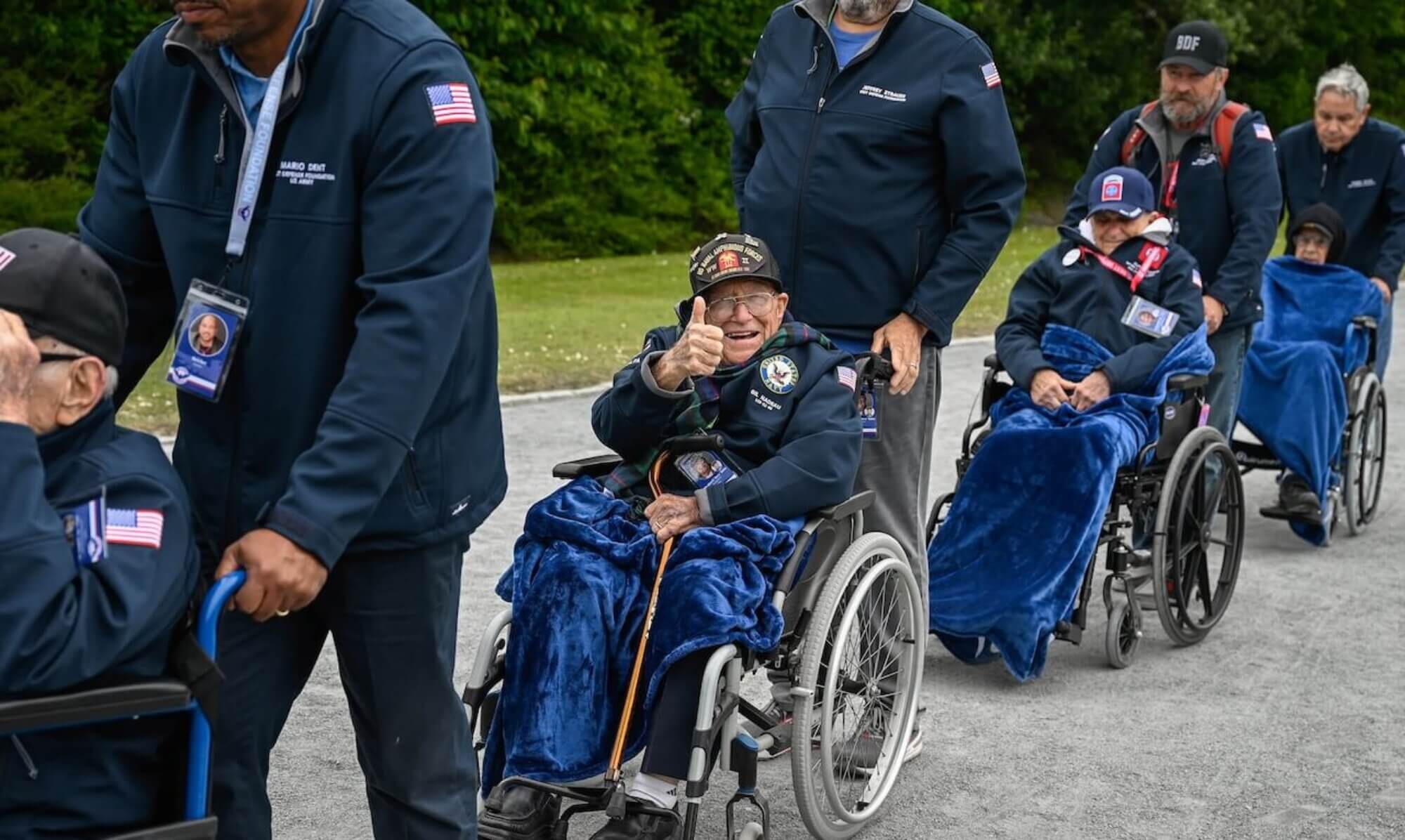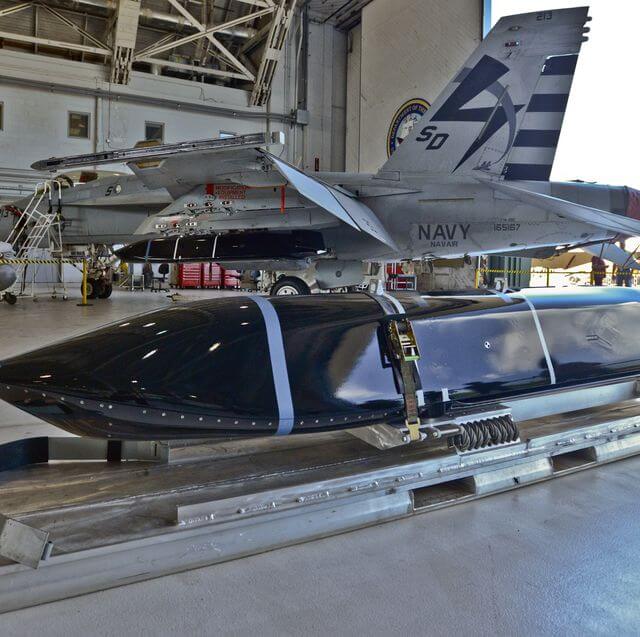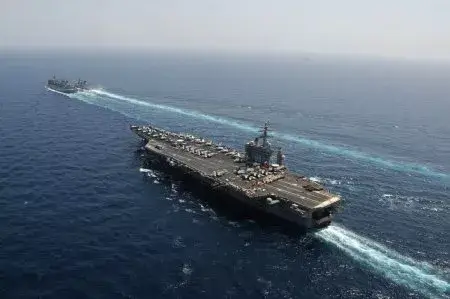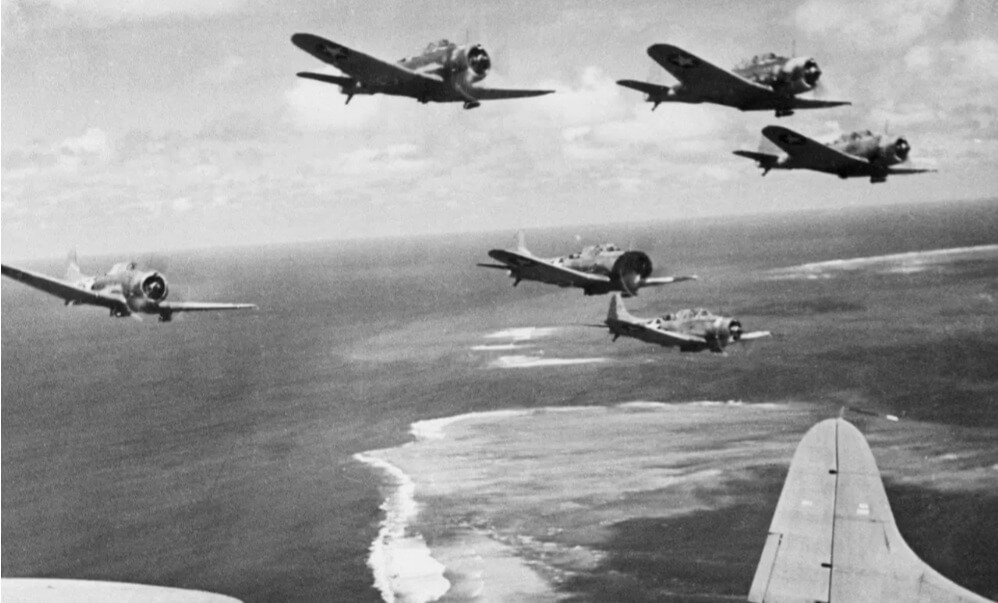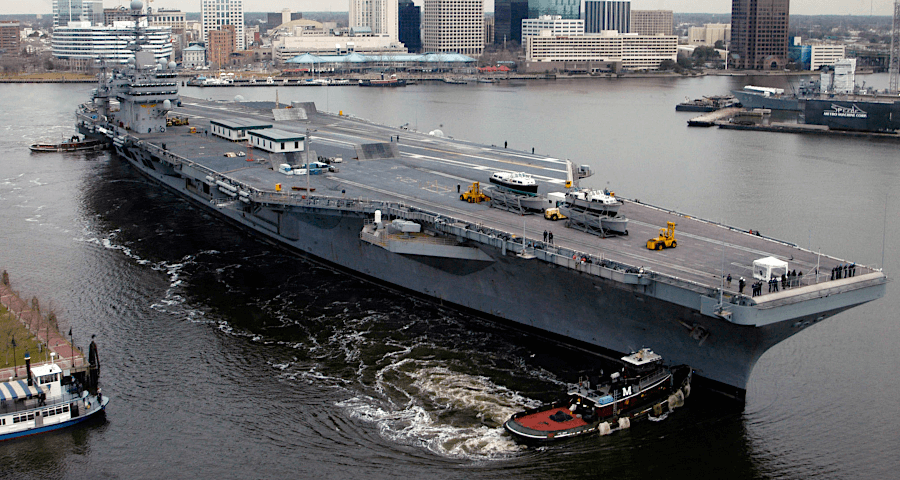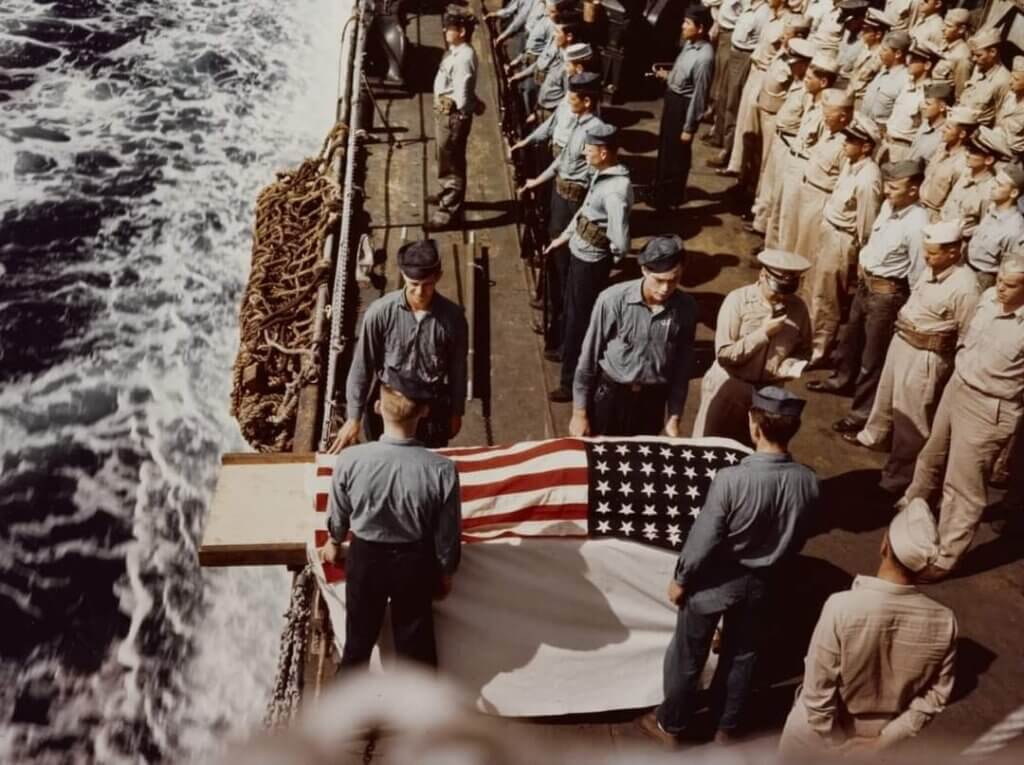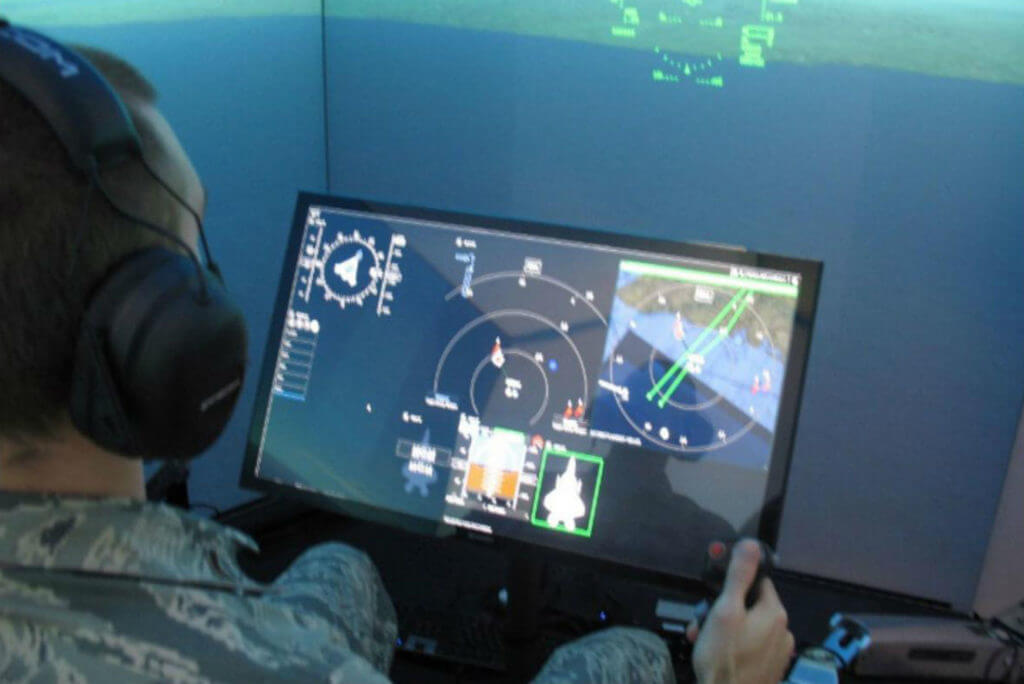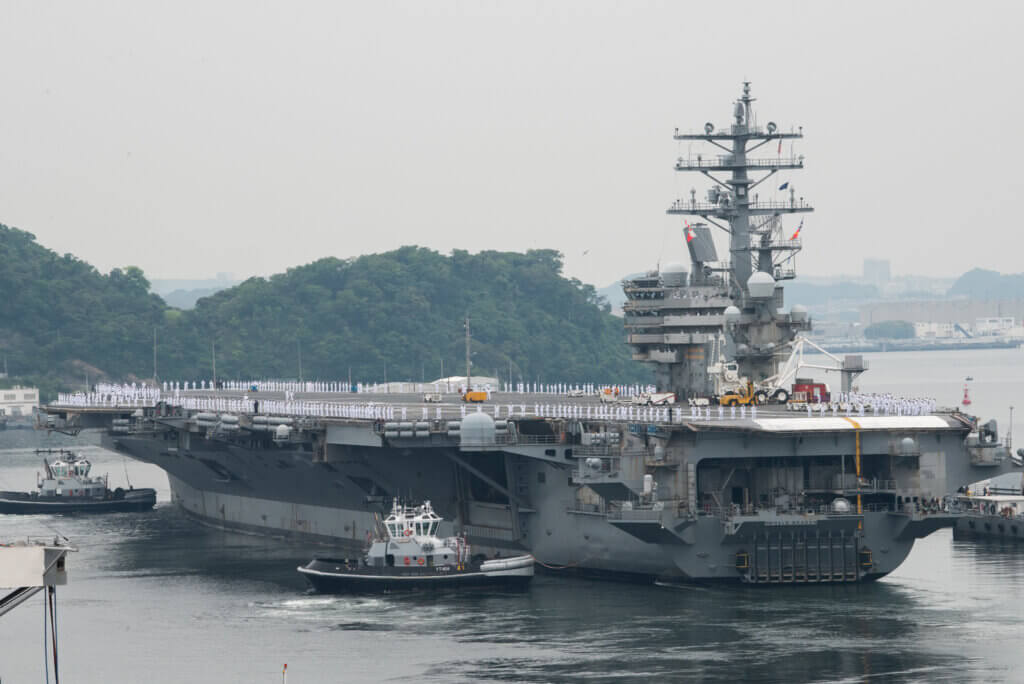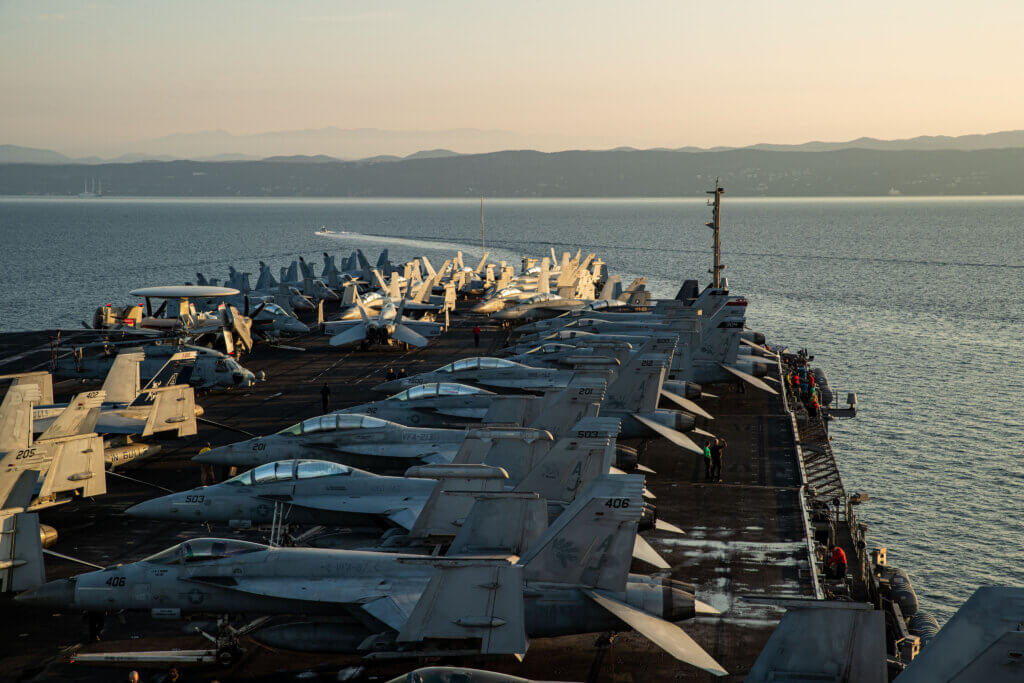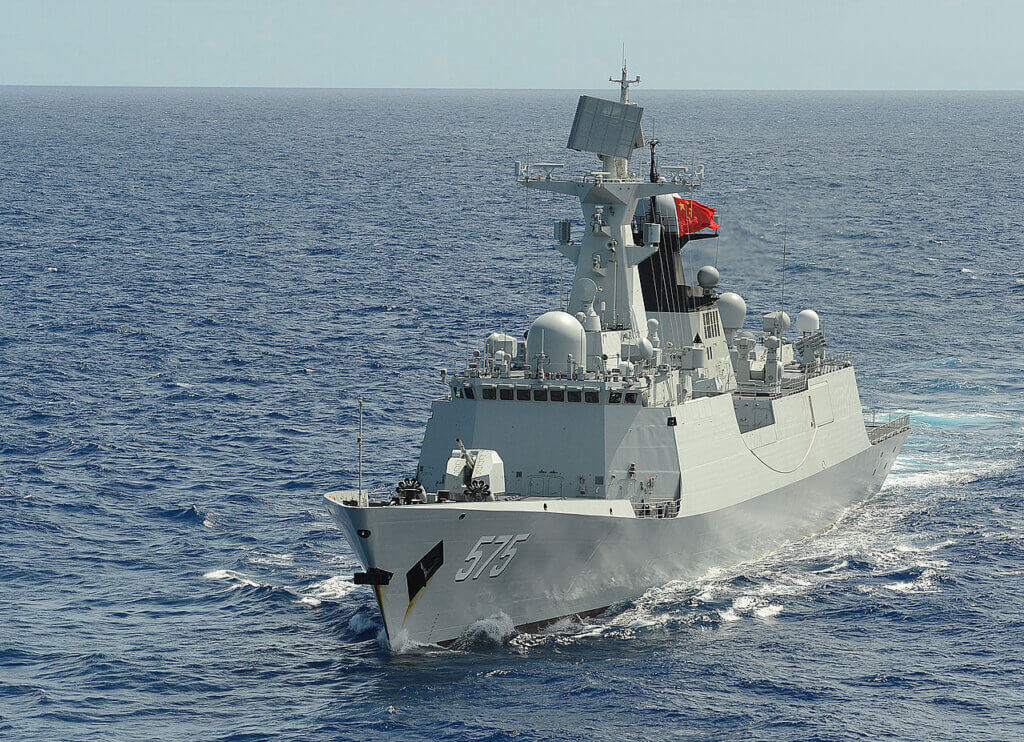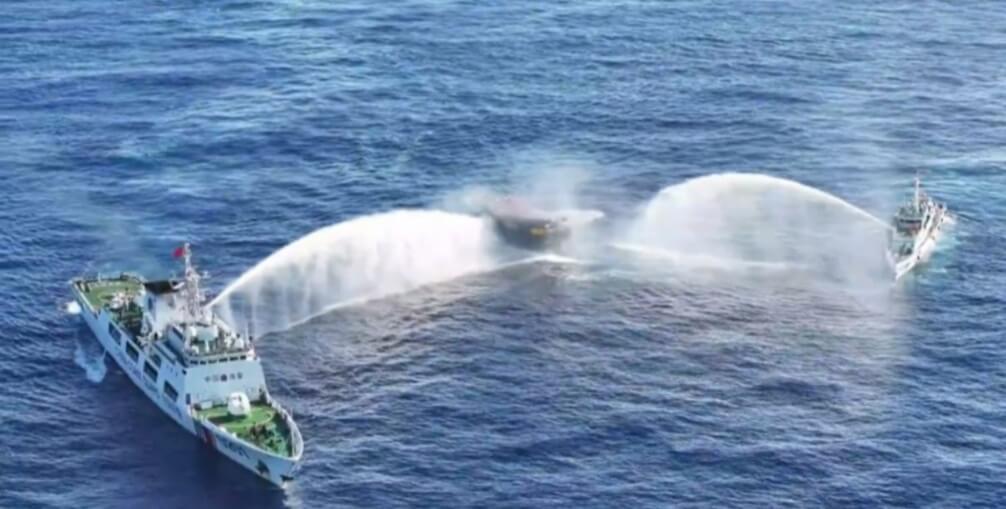

Brent Sadler, a former US Navy Captain, recently shed light on a significant escalation in the South China Sea. For months, China has been interfering with Philippine resupply operations to Second Thomas Shoal, employing tactics such as water cannons, shouldering, and forcefully towing vessels. These aggressive actions have resulted in severe injuries and damage to Philippine vessels.
A Line Drawn in the Sand
The seriousness of these provocations cannot be overstated. Philippine President Ferdinand Marcos Jr. highlighted the gravity of the situation, stating, “If a Filipino citizen was killed by a willful act, that is very close to what we define as an act of war.” Such a statement underscores the potential for these incidents to escalate into a broader conflict.
China’s actions have not gone unnoticed on the international stage. The 2016 international arbitration found China in violation of several articles of the UN Convention on the Law of the Sea, specifically regarding their obligation to settle disputes peacefully, respect the finality and binding force of decisions, and act in good faith.
The Risk of Escalation
The most recent incident, which resulted in severe injury to a Philippine sailor and damage to several vessels, risks triggering the U.S.-Philippines mutual defense treaty. This treaty obligates the U.S. to respond if Philippine forces are attacked, marking a potential serious escalation in the region.
The U.S. must respond forcefully to this provocation to signal the danger of China’s continued actions. Anything less than a clear military signal combined with forceful diplomacy will likely see the cycle of violence continue to escalate.
Details of the Incident
On June 17, 2024, during a resupply mission to the BRP Sierra Madre (LT-57) outpost at Second Thomas Shoal, Chinese Coast Guard vessels 21555 and 21551 used water cannons and dangerous maneuvers to block Philippine vessels. This resulted in severe injuries to a Philippine sailor and significant damage to the vessels involved. This marks the third instance of Philippine personnel being injured by Chinese forces during resupply missions to Second Thomas Shoal.
Despite the severity of the incident, the Philippine government has yet to release detailed imagery or a timeline of events, unlike previous incidents. Meanwhile, Chinese state media justified their actions, blaming the Philippine side for the collision.
International and Domestic Reactions
The Pentagon condemned the Chinese actions, reaffirming support for the Philippines and highlighting the mutual defense treaty that could be invoked in response to these provocations. “We stand with our Philippine allies and condemn the escalatory and irresponsible actions by the PRC,” reads a statement from the Office of the Secretary of Defense.
Philippine government releases have condemned the dangerous maneuvers by Chinese forces, although they have not detailed the extent of the injuries or damage.
A Call for Vigilance
As these tensions escalate, it is crucial for the international community to remain vigilant and responsive to these provocations. The stability of the South China Sea is essential for global commerce and regional security, and unchecked aggression must not be tolerated.
Americans for a Stronger Navy’s Position
China’s recent actions in the South China Sea represent a serious threat to regional stability and international law. We stand firmly with our Philippine allies and urge the United States and the international community to respond decisively to these provocations. The safety of our allies and the security of maritime operations are paramount.
